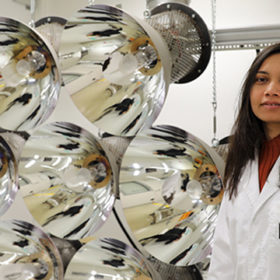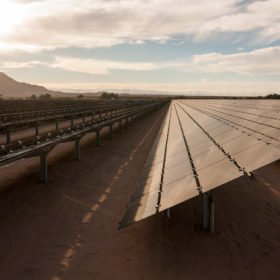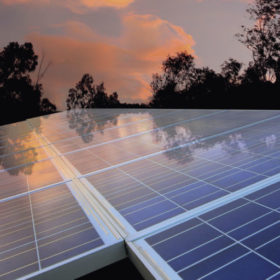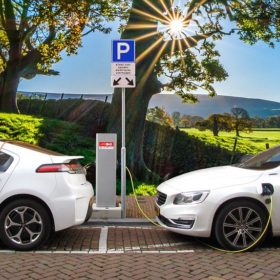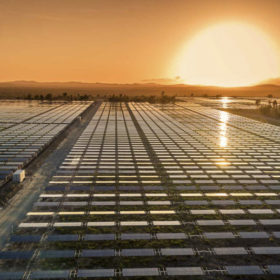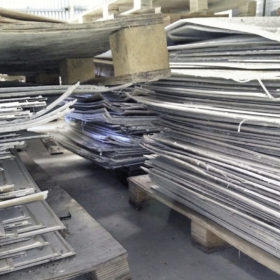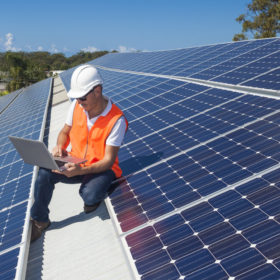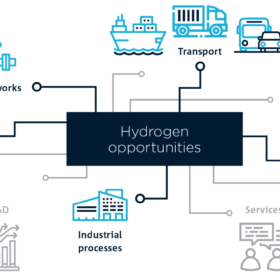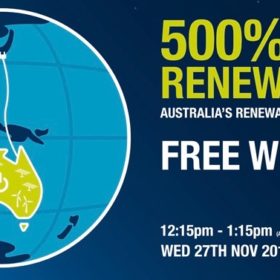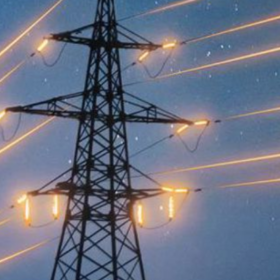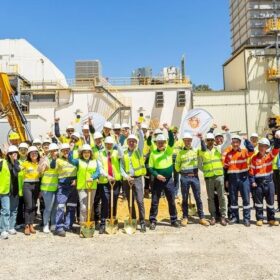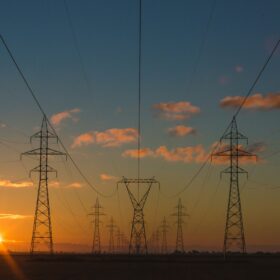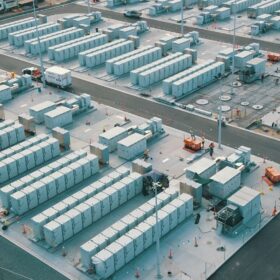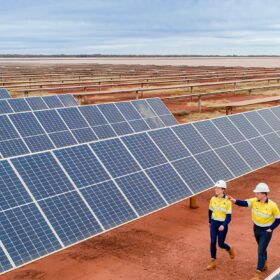100% renewables means 95% less water consumption for conventional power generation
According to a new study by Finland’s LUT University, solar PV consumes between 2% and 15% of the water that coal and nuclear power plants use to produce just 1 MWh of output; for wind, this percentage ranges from 0.1% to 14%. Under the researchers’ best policy scenario, water consumption could be reduced by 75.1% by 2030, compared to 2015 levels.
Steel yourselves, Swinburne researcher utilises solar to decarbonise steel
Swinburne PhD candidate Suneeti Purohit’s remarkable double innovation utilises solar power to decarbonise the steel industry and save iron ore miners money.
ARENA announces major research funding into end-of-life solar PV issues
The Australian Renewable Energy Agency has announced $15 million in research funding to investigate the end-of-life issues for solar PV panels. Ultimately it is hoped the research increases solar PV efficiency and lowers the cost.
Coalition eyes 50% renewables target despite everything it has said and done to the contrary
Despite lambasting Labour’s 50% renewable ambition by 2030 as fanciful, the Government’s 2019 Emissions Projects Report shows that the country will reach that mark of its own accord, with very little help from the Coalition government.
Australia lacks interest in EVs, global study finds
A global study has found that Australia lacks interest in EVs, a finding due largely to the impedimental admixture of cost, range anxiety and lack of charging options.
Electricity prices to drop, thanks largely to influx of new renewables
The AEMC’s annual report on electricity price trends predicts the continued fall in electricity prices around Australia. The trend, says the AEMC, is driven in some large part by the influx of renewable energy generation.
Assessing metal leaching from PV modules dumped in landfill
An Indian research team has analyzed around 300 scientific studies about PV panel waste containing carcinogenic metals. The researchers said solar module recycling is not economically profitable and policy support is necessary to avoid panels being dumped in landfill.
Survey finds Australians lack solar understanding, industry to step up
A recent survey commissioned by Redback Technologies has found that almost a third of Australians lack understanding of solar, another barrier to the adoption by Australians of integrated solar and battery systems. pv magazine Australia sat down with Redback Technologies CEO Patrick Matweew to discuss.
CSIRO calls for more research to unlock $11 billion hydrogen potential
The national science agency, CSIRO, has mapped the critical research steps Australia must take to realise a potential 7600 jobs and $11 billion a year by 2050 from the burgeoning hydrogen industry.
Reindustrialising Australia, the path to 500% renewables
Australia has an undisputed competitive advantage when it comes to renewable energy, and many believe we can become a clean energy exportation superpower, but we have to reindustrialise ourselves first.

